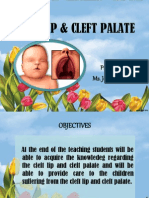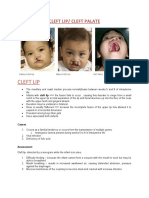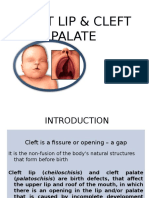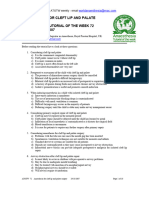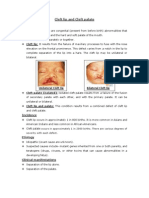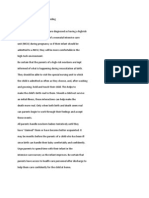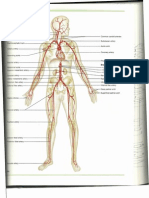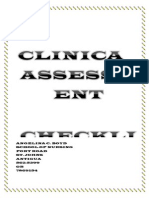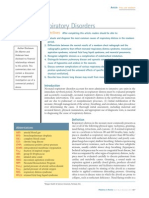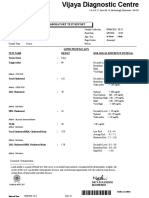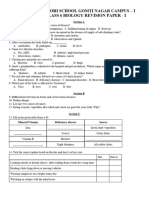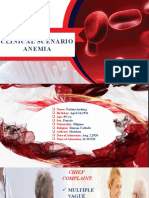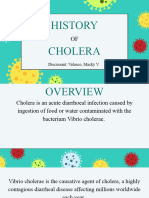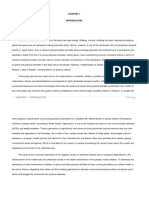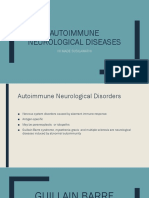CLEFT LIP AND CLEFT PALATE
CL aka Hare lip, cheiloschisis; CP aka palatoschisis Incomplete fusion of the lip and palate during the embryonic formation period.
INCIDENCE OF CLEFT LIP 1- 800 to 1000 births More common in males More common in native Americans and asians than in whites Less common in blacks 20% 25% of all cases
INCIDENCE OF CLEFT PALATE 1 2000 live births More common in females 20% - 30% of all cases
Cleft lip and Palate make up 50% of all clefts
ETIOLOGY Medication eg: Phenytoin (Dilantin) Genetic Syndrome Environmental factors such as a womans exposure to cigarette smoke, or lack of prenatal vitamins Mothers use of cocaine and alcohol
PATHOPHYSIOLOGY Cleft lip wit or without cleft lip palate results when the maxillary processes fail to fuse with the elevations on the frontal prominences during the 3rd 12th week of gestation. Fusion of the secondary palate (hard and soft palate) takes place later, between the 7th and 12th week of gestation. In the process of migration to a horizontal position, the palates are separated by the tongue for a short time. If there is a delay in this movement, or if the tongue fails to descend soon enough, the remainder of development process but the palate never fuses.
�SIGNS AND SYMPTOMS Apparent at birth May be a simple dimple in the vermilion border of the lip or a complete separation extending to the floor of the nose Difficulty breathing Feeding difficulties eg. On the breast
DIAGNOSTIC TESTS Ultrasound can be performed at 15 weeks of gestation
MANAGEMENT AIM: To prevent further complications and enhancing normal growth and development SURGICAL 1. Sutured together by either diagonal incision or a staggered suture line (z-plasty) used to minimize notching of tissue 2-3 months of age/ neonatal period May require more than one surgery 2. Cheilopasty: - use of metal or adhesive strips Reduces tension 3. Logan bar/ clamp 4. Working with a body of professionals which includes: - ENT specialist (otolaryngologist) - Pediatrition - Orthodonist - Nutritionist - Audiologist - Plastic Surgion - Genetisis - Pediatric Dentist - Speech therapist - Psychologist or Social Worker 5. Palatoplasy cleft palate procedure
VARIATIONS IN CLEFT LIP AND PALATE AT BIRTH 1. 2. 3. 4. Notch in vermilion border Unilateral cleft lip and palate Bilateral cleft lip and palate Cleft palate
�COMPLICATIONS 1. 2. 3. 4. 5. 6. Re-current otitis media, which can lead to tympanic membrane scarring and hearing loss. Breathing problems Aspiration Unable to feed adequately, taking more air than food Dental problems Speech problems: - speeching clearly - sounding certain letters and/ or words
�OESOPHAGEAL ATRESIA
Is the malformation of the eosophageal to develop as a continuous tube during the 4th and 5th weeks of gestation. It causes the oesophagus to end in a blind pouch rather than connecting normally to the stomach.
INCIDENCE 1 out of 4000 births 90% with tracheoesophageal fistula ETIOLOGY unknown Prematurity PATHOPHYSIOLOGY
SIGNS AND SYMPTOMS Cyanosis with attempted feedings Gagging, coughing, and choking with attempted feedings Return of fluids through nose Drooling Excessive salivation Poor feeding Sneezing Abdominal distention (due to air trapping)
�DIAGNOSTIC TEST Ultrasound Echocardiogram Shortly after birth when attempt to feed Attempting to pass a 5-8 french NG tube into the stomach X-ray
COMPLICATIONS Aspiration pneumonia Choking Feeding problems Reflux (after surgery) Stricture of the oesophagus after surgery
NURSING DIAGNOSIS Imbalanced nutrition: Less than body requirements related to vomiting and inability to ingest nutrients Altered family processes related to health status of family member
MANAGEMENT Assess: o Respiratory distress o Lung sounds regularly
� Pre-operative care: o Close observation o Maintain patent airway o Suction as needed to remove excess mucousand secretons in airway o Lower bed head to reduce aspiration o NPO status o Administer IV meds as ordered Post-operative care: o Measure gastrostmy drainage o Administer IV and antibotics s ordered o NPO status until oral fluids is tolerated Explain procedures to parents Provide support to parents Encourage bonding
�PYLORIC STENOSIS



